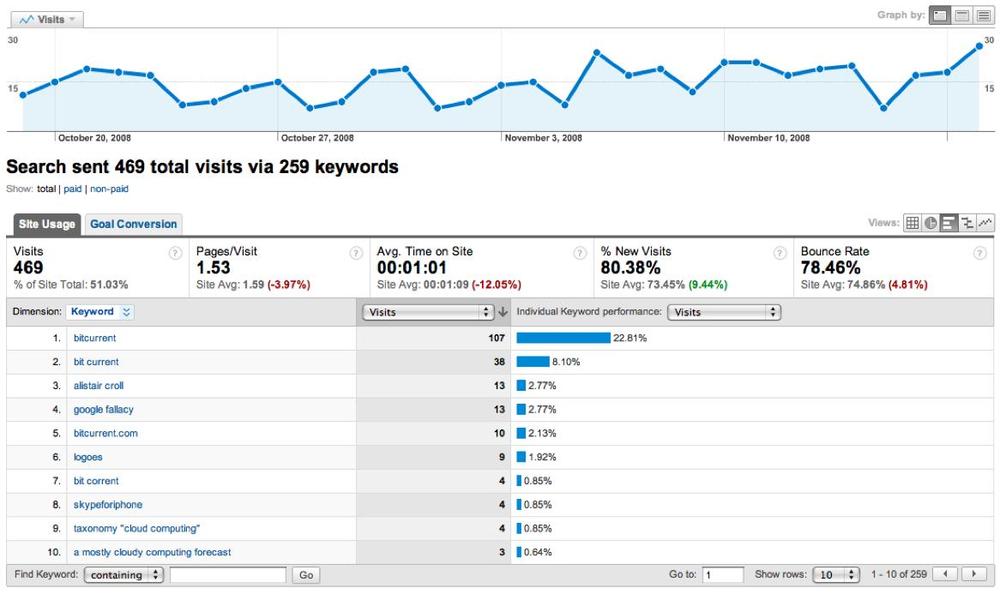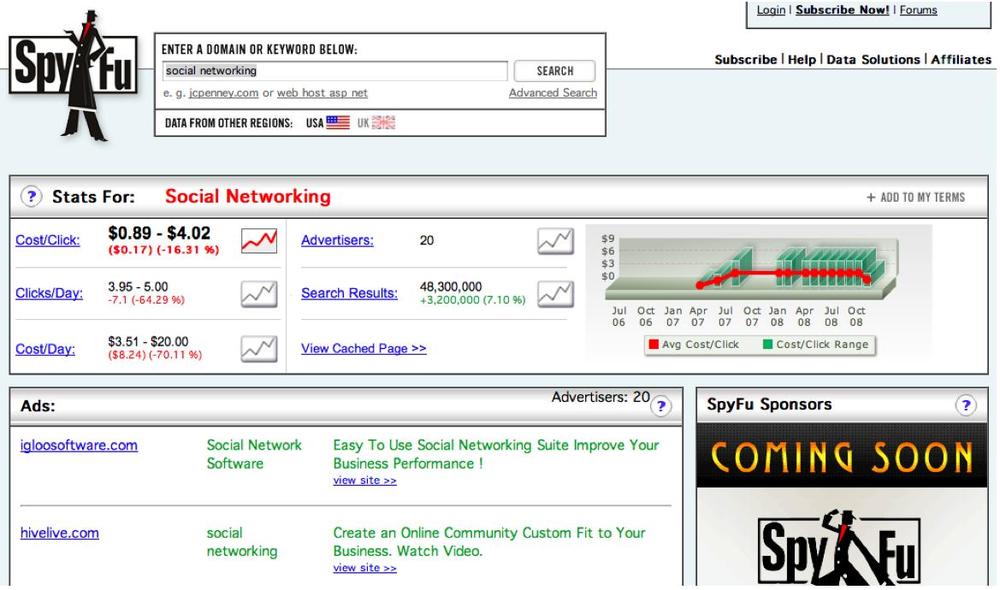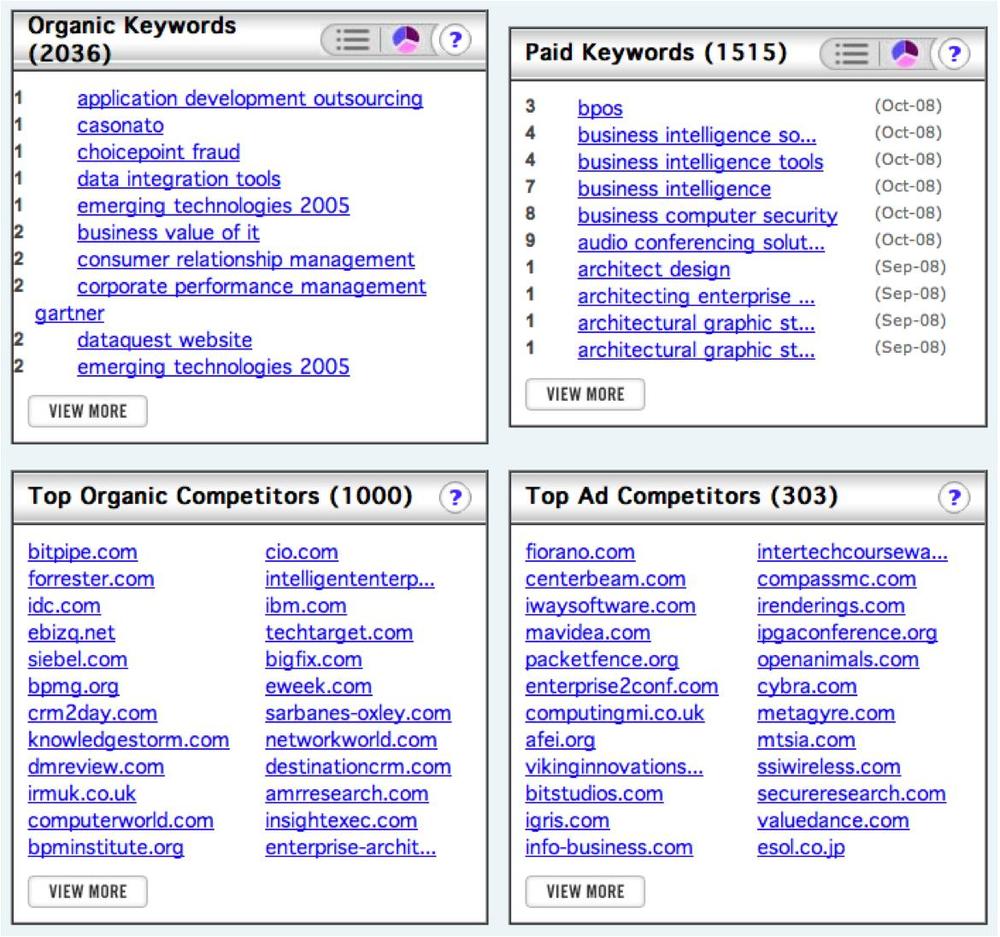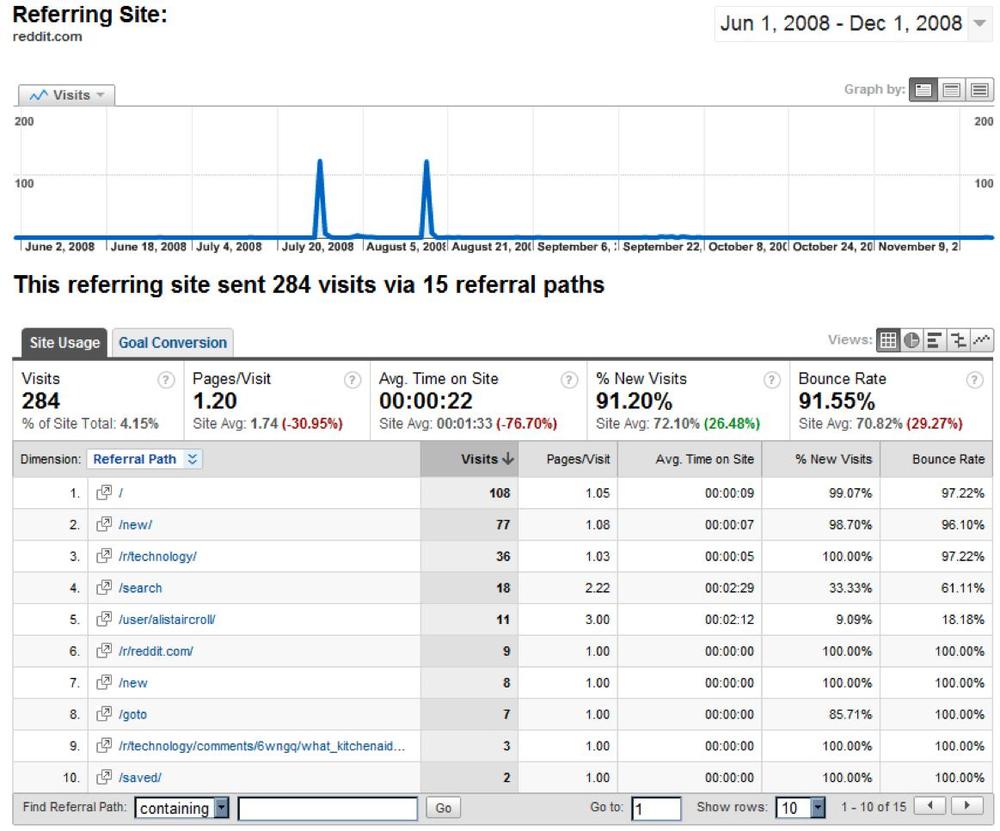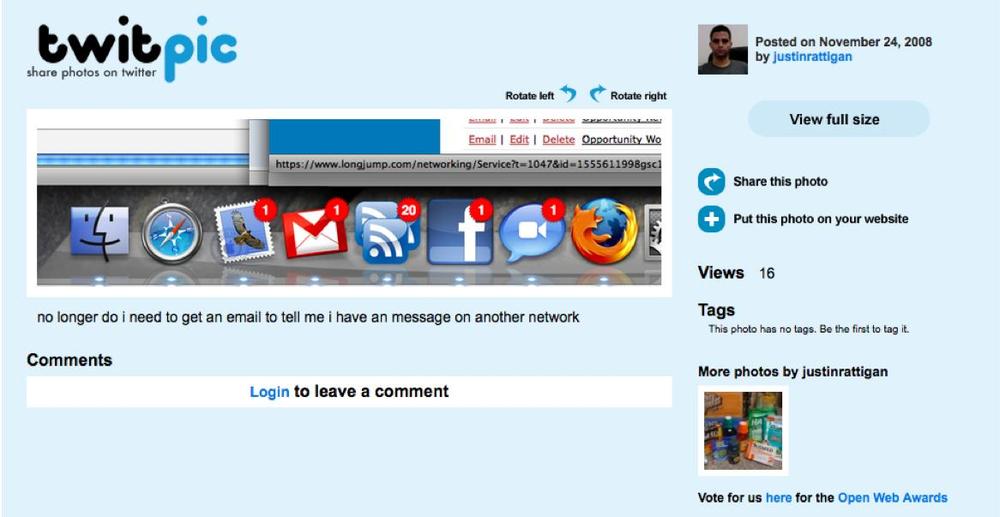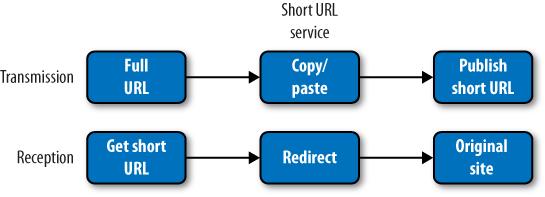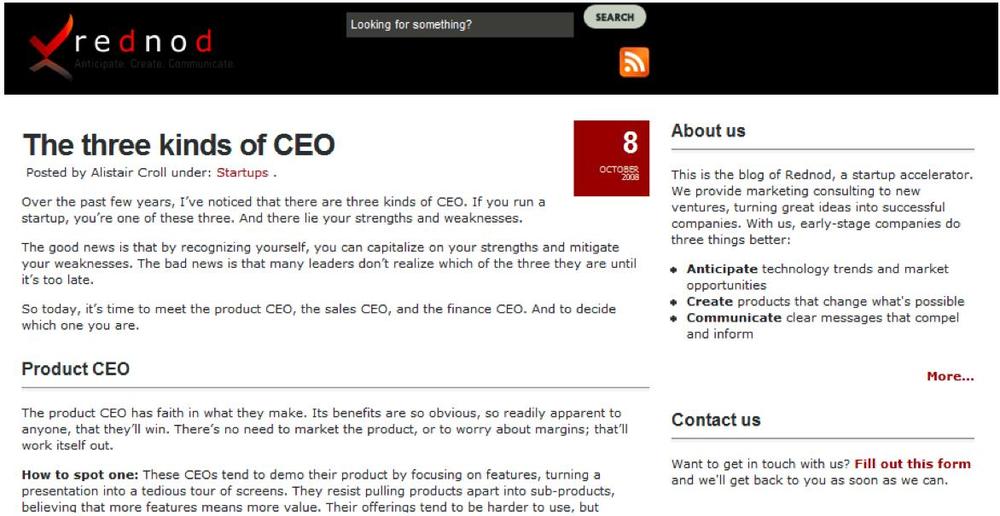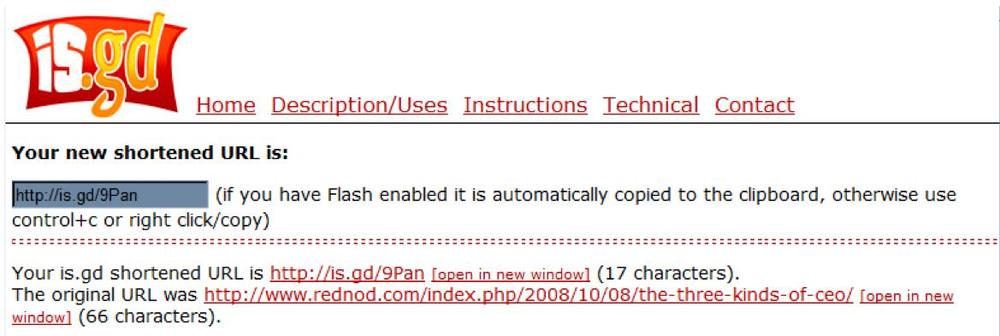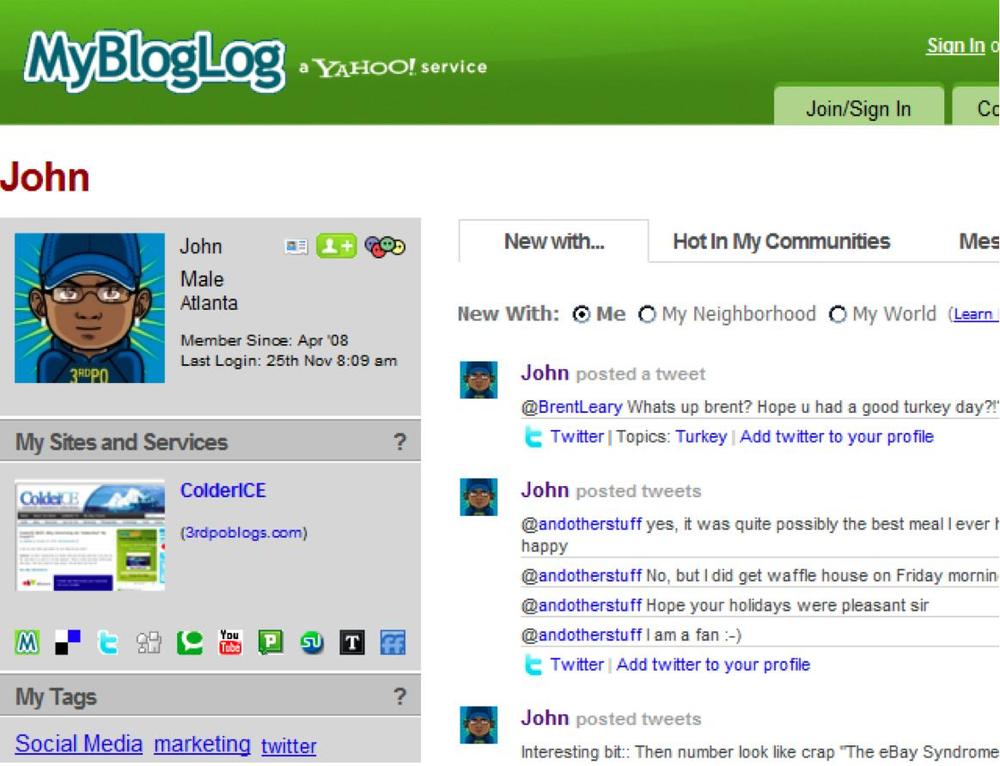Communities emerge to discuss something, whether within a Facebook group, a mailing list, an IRC channel, a blog’s comment thread, or a Twitter hashtag. You want to be aware of any topics that concern you.
You find these topics by searching for them in the aggregate (most popular Twitter hash tags or most active Facebook groups, for example) and in the individual (who’s discussing a topic on Twitter or which Facebook users are members of a group). By tracking topics in the aggregate, you understand trends, community size, and growth. By tracking individual threads, you find evangelists and brand promoters who can help encourage the spread of your message and make others aware of the community to expand membership.
Platforms that you run yourself often have built-in tools to help identify popular subjects, and as an administrator you’ll have access to user account information, so you can follow up directly with commenters. But if you’re joining conversations elsewhere, you need to do some work to find out which topics are of interest to your business and your audience. Some obvious topics you probably want to track include company and product names—yours and your competitors’—and any topics that apply to you or that you think are related, such as product categories, job descriptions, or geographic mentions.
If you’re looking for inspiration about what to track, consider tools such as Google Labs’ Google Sets tool (http://labs.google.com/sets), shown in Figure 13-6, which suggests related terms, companies, or products when you provide a few you know.
You should also check what terms others use to find you. A good list comes from organic search results within your analytics application, such as those shown in Figure 13-7.
It’s not enough to look at the terms that are bringing you users—you should also look at companies that are competing with you for the mindshare of those terms. To do this, first find out which companies are also bidding on keywords that drive traffic to you. They may not be direct competitors, but they’re competing for mindshare and attention.
Paid search uses an auction bidding model, so services like Google’s AdWords offer a lot of detail about who’s buying which terms. As a result, services like Spyfu, shown in Figure 13-8, can aggregate this kind of information.
You can work the other way: starting with a known competitor (perhaps one that’s stealing your mindshare), find out which keywords are sending traffic to that site. Figure 13-9 shows a list of organic and paid search keywords for analyst firm Gartner, generated by Spyfu.
Figure 13-8. Tools like Spyfu show you who else is getting traffic for a particular keyword (in this case, “social networking”)
You can then find groups and communities in which these keywords are being discussed. For example, you might enter a keyword into Twitter search to see what people think of it at the moment.
Figure 13-9. Using a competitor’s name, you can find out which terms are driving traffic to its site, then include these terms in the topics you monitor across communities
You can also look at topics by geography. Google Insights, shown in Figure 13-10, will show you important news events, mentions of terms, and countries in which those topics are heavily discussed. You can use this information to check popular forums and portals in those areas.
Referring sites that are sending you traffic are often communities within which you’re being discussed, as shown in Figure 13-11. Depending on your analytics tool and the amount of detail the referring site provides, you may be able to pinpoint the individual submission or comment that generated the traffic. You can then add that community to those you watch.
Unfortunately, analytics tools are often limited in what they can tell you about the sites that referred traffic to you. Many community sites won’t identify themselves properly with referrers. This can happen for several reasons:
The community platform may rely heavily on browser bookmarklets (StumbleUpon and Twine are two examples), which interfere with referral mechanics.
The community may want to make money from analytics and as a result may actively hide referrers, replacing them instead with a promotion of its advertising platform (StumbleUpon does this).
The content may have come from a desktop client—most notably microblogging tools like Tweetdeck or Twhirl—that doesn’t leave a referrer.
The community may have third-party websites that post content on behalf of a user’s account. For example, Twitpic, shown in Figure 13-12, lets community members upload an image and then posts it to the account on behalf of the member.
Figure 13-12. Referrals from third-party sites or desktop clients that use the Twitter API may be obfuscated, appearing to analytics tools as if they were typed in directly rather than linked from Twitter
Because of how community sites often break referrers, if you want to find community mentions, you need to employ other techniques to track traffic back to the communities from which it came. You need to search for your URLs online and see where they’re referenced. The search shown in Figure 13-13 shows not only the www.bitcurrent.com site, but also mentions of the site on both Twitturly and Slideshare.
Figure 13-13. A Google search for www.bitcurrent.com shows mentions of the site on both Twitter and Slideshare
URLs in their raw form are becoming less common. URL shorteners first emerged as ways to transmit long URLs, complete with parameters, through email without having them break across multiple lines of an email message, which would have rendered them useless. Shorteners have found new popularity in Twitter and other microblogging platforms where URL length is precious. Today, dozens of URL shortening services reduce long URLs into a simple, short string automatically using the process shown in Figure 13-14. This means that for many social networks and communities, your URL will be obscured when people mention you.
Figure 13-14. URL shortening services such as bit.ly and tinyurl abbreviate your URL, then redirect those who click on the shortened version to the original site content
So how do you find places in which your URL has been mentioned online when it’s been shortened? Here’s one way.
Start with the online content whose incoming traffic you want to track back to a community, such as a blog post (Figure 13-15).
Enter the long URL of the content (in this case, www.rednod.com/index.php/2008/10/08/the-three-kinds-of-ceo/) into a URL shortening service (such as is.gd). The service will return a shortened URL, as shown in Figure 13-16. If someone has used the service to generate a short URL recently, you’ll often get the same one that individual did (this depends somewhat on the service).
Enter the URL, in quotes, into a search engine (Figure 13-17).
The results will show you where your shortened URL has appeared on the Web. You can often find out more about the poster or the discussion thread in question, particularly if that person is a member of a public community with a profile of some kind, as shown in Figure 13-18.[2]
Figure 13-18. Finding out more about the people who are amplifying your community message, what they talk about, and where they hang out
Unfortunately, there are so many URL shortening services—each of which generates a unique shortened URL—that it’s time-consuming to search for every mention you encounter online. Instead, use this approach judiciously to investigate particularly popular or contentious postings.
Shortened URLs do more than save space. They provide us with a method of embedding additional context into short messages. You can generate a unique URI for each recipient or embed parameters in the URL that help to track its spread with web analytics. We provide a complete example of how to do this in Chapter 14, in the section The Mechanics of Tracking the Long Funnel. For now, remember that short URLs will be an important part of microblogging analytics; the URL has become the new cookie. We recommend using cli.gs, bit.ly, awe.sm, or some other service that provides its own analytics capabilities.
[2] We’d like to apologize to John for stalking him, featuring him in a book, and generally being creepy. As this example shows, you need to be careful when reaching out to your community. And we owe John some beers if he ever reads this.


